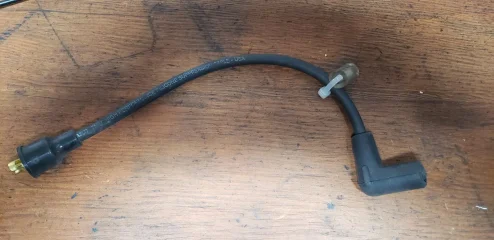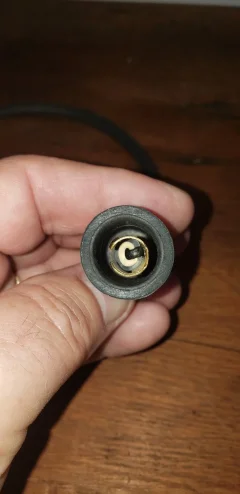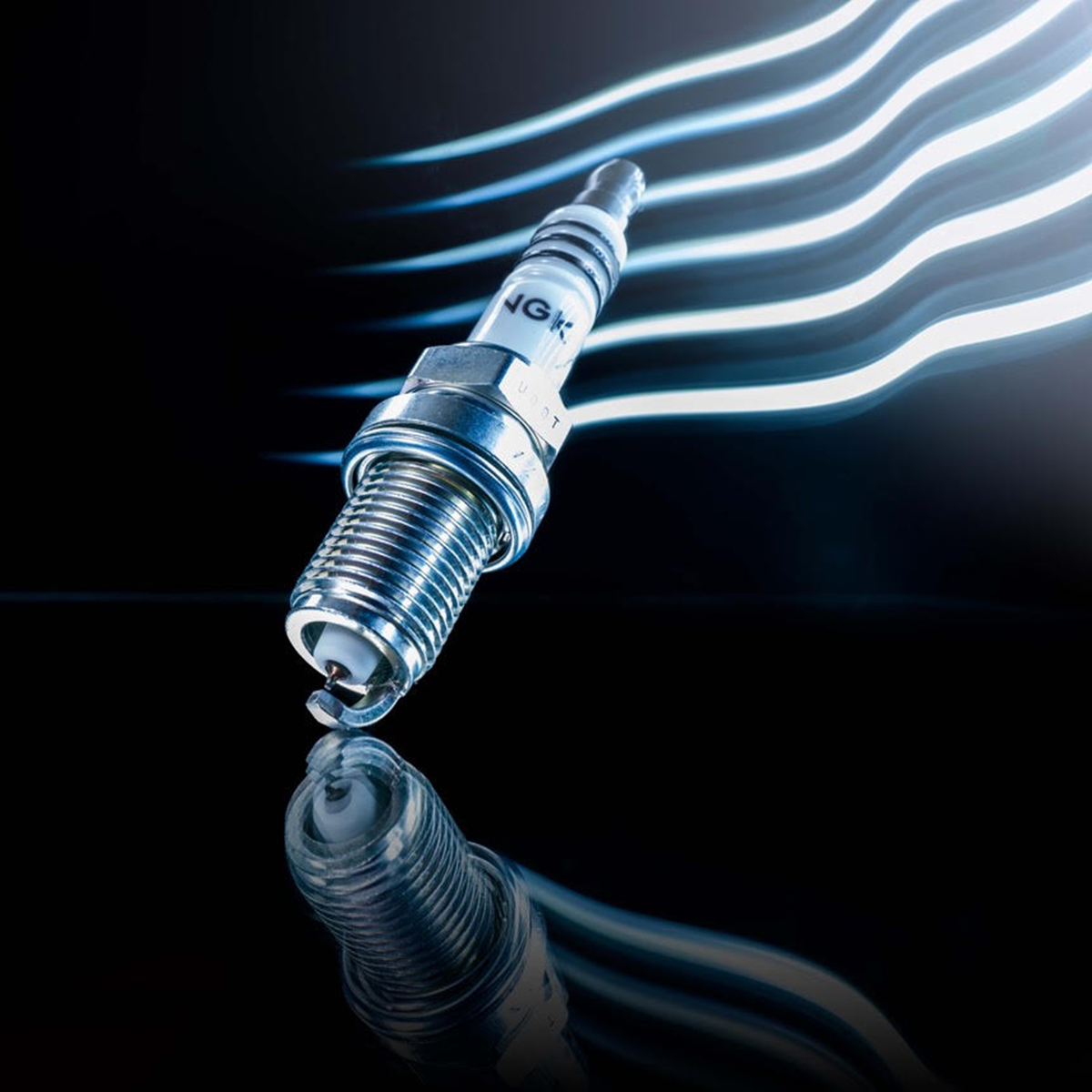Tornado
VIP MEMBER
- Joined
- Dec 5, 2017
- Messages
- 5,262
The MKII bike and Wassell EI are what I have and all runs fine using stock coils with Champion N7YC plugs, copper core non supressed HT leads with non-resistor caps. Recently installed voltage monitor/oil pressure warning LED that states to use suppression ignition to prevent interference with its circuitry, so now running 5kOhm caps. No noticeable difference in running. I have also run upto 10kOhm caps (Lucas hard bakelite type) with same leads/plugs and no issues.



